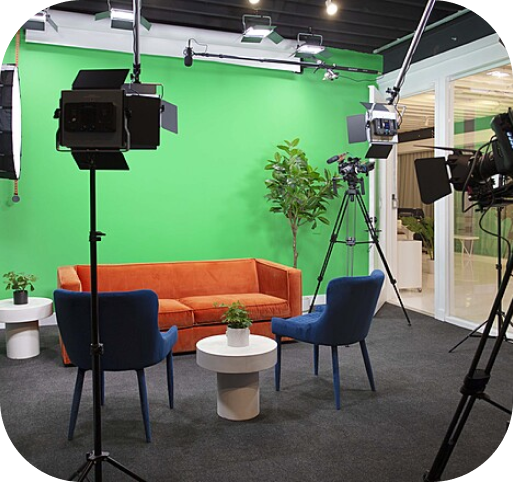Mastering the Craft of Seamless Film Projection on Curved Screens for Stunning Graphic Experiences
Mastering the Craft of Seamless Film Projection on Curved Screens for Stunning Graphic Experiences
Blog Article
Film projection is an exciting technology that allows images and videos to be displayed onto areas, creating breathtaking aesthetic experiences. When it comes to curved areas, mastering this craft can be a bit more challenging than casting onto flat planes. Curved areas can include anything from the sides of buildings to art pieces and even stages. Understanding how to effectively map videos onto these forms is essential for artists, design professionals, and event organizers who want to create engaging settings that enthrall audiences.
The first phase in video mapping on curved areas is to understand the geometry of the area. Curved areas can be complex, with different degrees of curvature. To achieve a seamless projection, it is important to create a 3D model of the area. This representation helps in visualizing how the video will appear when projected. Applications tools are accessible that allow users to create these representations and simulate the projection. By precisely aligning the measurements and contours of the area, designers can ensure that the video aligns perfectly without warping.
Once the 3D representation is prepared, the following phase is to prepare the footage material. This involves modifying the video to fit the specific form and dimensions of the curved surface. It is crucial to consider the angles and viewpoints from which the viewers will view the projection. The material should be designed to enhance the visual encounter, making it captivating and pertinent to the concept of the occasion or installation. Using premium graphics and animations can significantly enhance the total impact of the projection.
After preparing the material, the real display process begins. This includes placing up the devices at the correct angles and distances to guarantee that the footage aligns with the 3D model. Calibration is a key part of this process. It see it here may require modifying the luminosity, differentiation, and focus of the projectors to obtain the optimal outcomes. Additionally, using multiple devices may be required to encompass larger or more complex areas. This technique, known as edge blending, helps form a continuous visual across the entire surface.
Ultimately, trialing the display is crucial before the final show. This enables designers to make any required adjustments to the footage and device configurations. It is also an chance to see how the audience will experience the display from different perspectives. By confirming that the video projection is perfect, designers can provide a remarkable aesthetic encounter that leaves a lasting impact. Mastering video projection on curved surfaces not only improves artistic output but also creates new opportunities for storytelling and audience engagement in multiple environments.